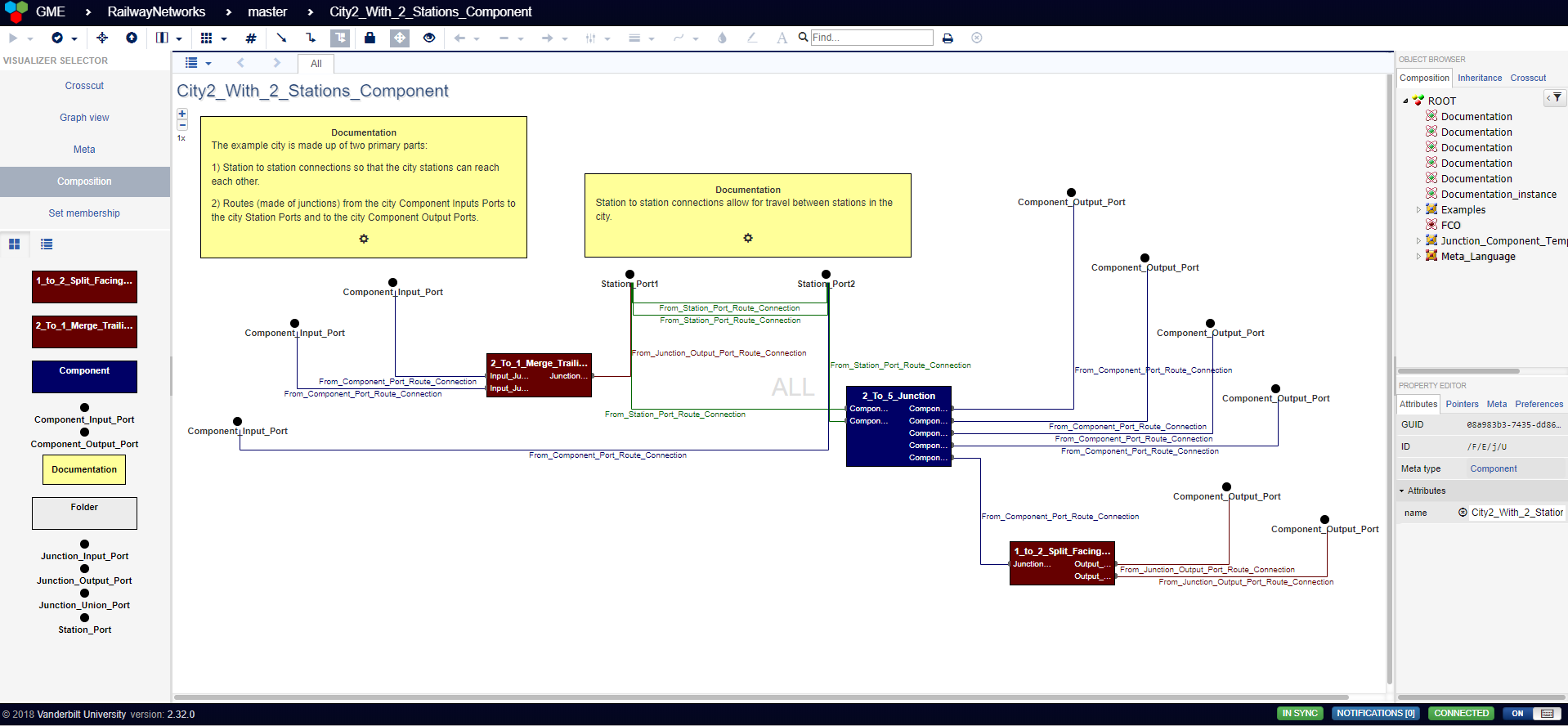Computer Vision Security System
Abstract
The use of security systems is becoming more prevalent in this modern age. With the advent of machine learning algorithms, there is a unique opportunity to integrate machine learning algorithms into modern camera-based security systems. We present an inexpensive, light-weight computer vision security system with an integrated deep neural network. The security system uses active image classification to detect intruders and provide a notification and a video to the owner over email. In addition, the system maintains an integrated graphical user interface controller as well an android application controller.
The project code is available on GitHub here under an MIT License
Aircraft Automated Collision Avoidance

Abstract
Aircraft collision avoidance is a pervasive need in this modern
age of flight. We present a 2-D automated collision avoidance flight
controller for automated collision avoidance amongst 2 aircraft.
This controller is designed to satisfy safety and liveness
requirements, implemented using Simulink and Stateflow, and
verified using safety and liveness monitors.
The Simulink & Stateflow model is available on GitHub here under an MIT License
E-Puck Robot Control And A Star Navigation
Abstract
A common problem in autonomous route planning and controls to implement efficient motor control, sensor feedback, and route planning algorithms to allow a robot to successfully navigate and traverse a line grid maze from a start point to a different destination point in an efficient manner. We present an E-Puck controller that utilized ground sensor feedback to perform a variety of functions; detect nodes (cross-sections), detect lines just past nodes, provideBraitenberg line tracking functionality, and allow for left and right turns on a line grid. In addition, we present an AStar algorithm that is utilized to efficiently solve for a route from a start node to an end node in a line grid maze. Finally, we present tuned parameters for node detection,
The Webots project is available on GitHub here under an MIT License
Railway Network Design Studio

The WebGME application is available from GitHub here under an MIT License
Colored Petri Net Design Studio

Abstract
Colored Petri Nets are a directed graph modeling approach utilized to reason about race conditions and deadlocks within concurrent systems. We present a Design Studio approach to develop, simulate, and analyze Colored Petri Nets. Our implementation consists of a modeling environment developed within WebGME, and a series of Python plugins for the simulation and analysis of Colored Petri Nets. The target audience for this paper and tool are for those seeking to reason about deadlocks and race conditions within concurrent systems.
The WebGME application is available from GitHub here under an MIT License


